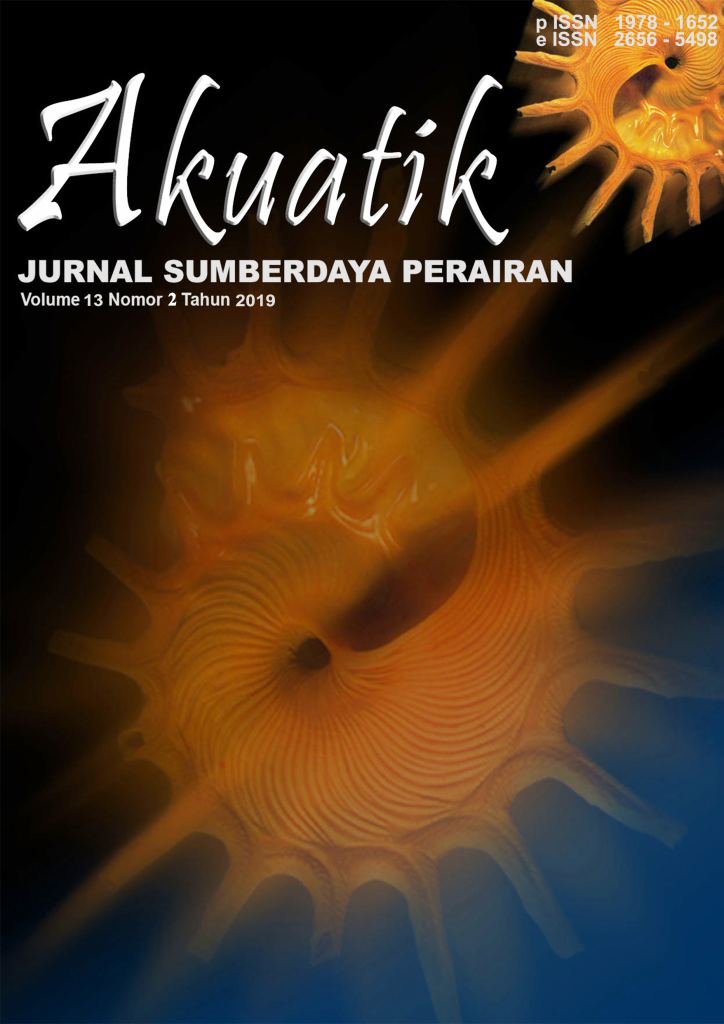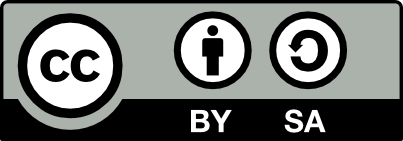POTENSI KESESUAIAN LOKASI WISATA SELAM DITINJAU DARI ASPEK EKOLOGI DI PERAIRAN PANTAI PELABUH DALAM DUSUN TUING KABUPATEN BANGKA
POTENTIAL SUITABILITY OF DIVE TOURISM LOCATIONS REVIEWED BY THE ECOLOGY ASPECTS THE HARBOR OF TUING COASTAL WATERS IN BANGKA REGENCY
DOI:
https://doi.org/10.33019/akuatik.v13i2.1670Keywords:
tuing, wisata selam, kesesuaianAbstract
Harbor of Tuing coastal waters have potential biological resources, namely coral reef ecosystems. This potential can be a marine tourism object, especially for diving activities. This study aims to analyze the suitability of dive tourism sites in terms of ecological aspects which include biotic and abiotic parameters, among others coral cover, number of coral growth forms, number of reef fish species, waters brightness, current velocity and depth of coral reef. This research has carried out in May 2019 at Harbor of Tuing coastal waters. Data retrieval refers to Yulianda (2007) about the suitability of dive tourism, which consists of the brightness the waters, current velocity, depth of coral reefs, coral cover, the number of coral growth forms and the number of reef fish species. Data The suitability parameters have taken at six stations. Parameter data has analyzed by scoring and weighting methods. Abiotic parameter measurement results show the brightness value of 57-100%, current velocity of 1.5-5.6 cm/sec and the depth of coral reefs 3-9 m. Biotic parameter values include coral cover 46.64-71.04%, the number of coral growth forms 5-9 species and the number of reef fish species 8-14 species. The results of the calculation the Tourism Conformity Index (IKW) show the location is quite appropriate (S2) at all stations.
Downloads
Published
Issue
Section
License
Under this license, others are permitted to share (copy and redistribute the material in any medium or format) and adapt (remix, transform, and build upon the material) for any purpose, including commercial use. Appropriate credit must be given to the original authors, a link to the license must be provided, and any modifications or derivative works must be distributed under the same license. This condition ensures that the original work and all derived content remain openly accessible under identical terms.








